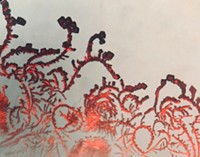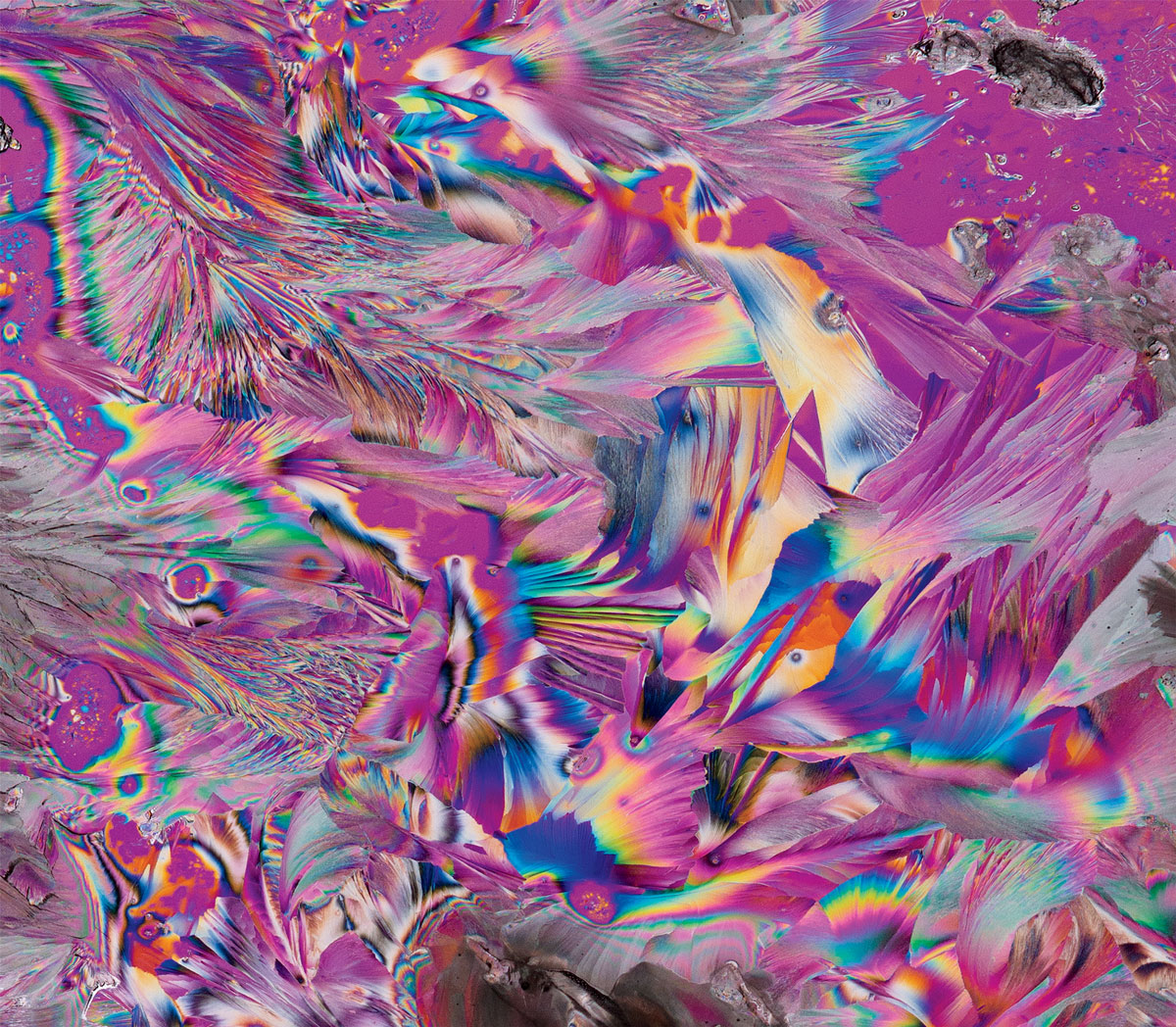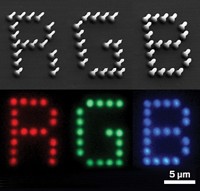Advertisement
Grab your lab coat. Let's get started
Welcome!
Welcome!
Create an account below to get 6 C&EN articles per month, receive newsletters and more - all free.
It seems this is your first time logging in online. Please enter the following information to continue.
As an ACS member you automatically get access to this site. All we need is few more details to create your reading experience.
Not you? Sign in with a different account.
Not you? Sign in with a different account.
ERROR 1
ERROR 1
ERROR 2
ERROR 2
ERROR 2
ERROR 2
ERROR 2
Password and Confirm password must match.
If you have an ACS member number, please enter it here so we can link this account to your membership. (optional)
ERROR 2
ACS values your privacy. By submitting your information, you are gaining access to C&EN and subscribing to our weekly newsletter. We use the information you provide to make your reading experience better, and we will never sell your data to third party members.
Spectroscopy
Chemistry In Pictures
Chemistry in Pictures: Stargazing Gold
by Craig Bettenhausen
January 11, 2022

The dramatic Christmas day launch of the James Webb Space Telescope made its array of gold hexagonal mirrors an international celebrity. But why are the mirrors gold? First off, they’re only coated in gold. According to NASA, the base material is beryllium, a strong and lightweight metal that doesn’t warp much when exposed to temperature changes. Beryllium makes good mirrors, especially for the red and infrared (IR) light the Webb will focus on, wavelengths between 0.6 μm and 28 μm. But gold is even better, reflecting up to 99% of such light. Also, gold’s lack of chemical reactivity will help the mirrors stay pristine for a very long time. On top of the gold coating, which weighs 48.25 g and covers the 25 m2 of mirror, lies a thin layer of glass.
From a technical standpoint, for the spectroscopy (light in the red, near-IR, and IR ranges) and imaging the Webb aims to accomplish in the harsh conditions it aims to operate, the combination of materials is an ideal design for the mirrors. But it’s also nice to look at. One of the teams working on the mirror assembly took this selfie in 2017 as they prepared to hand the telescope off to another team for testing in deep cold. The temperature in space is a chilly –270 °C.
Credit: NASA/Desiree Stover
Do science. Take pictures. Win money. Enter our photo contest here.





Join the conversation
Contact the reporter
Submit a Letter to the Editor for publication
Engage with us on Twitter